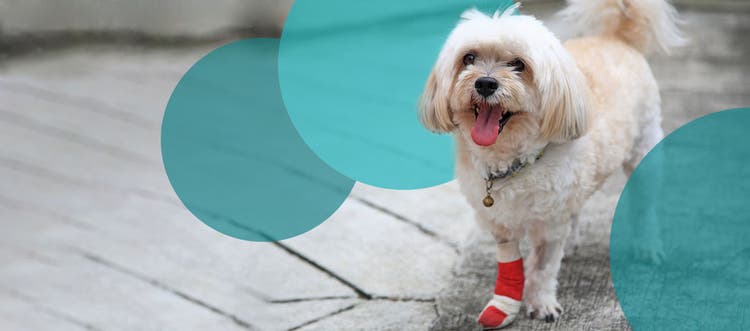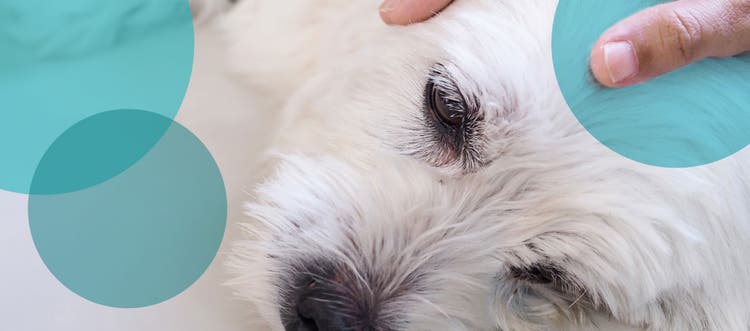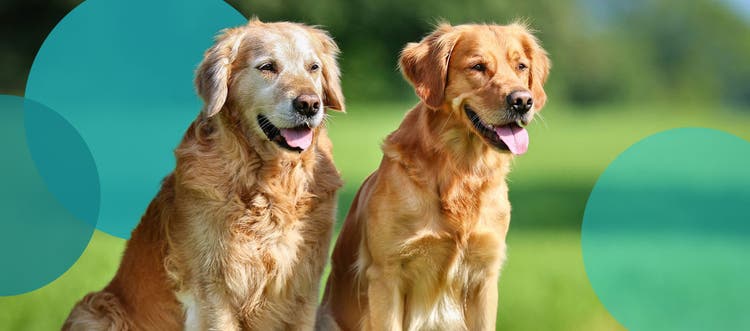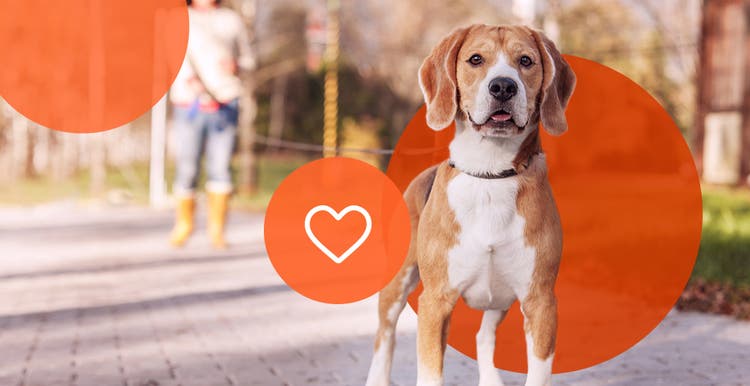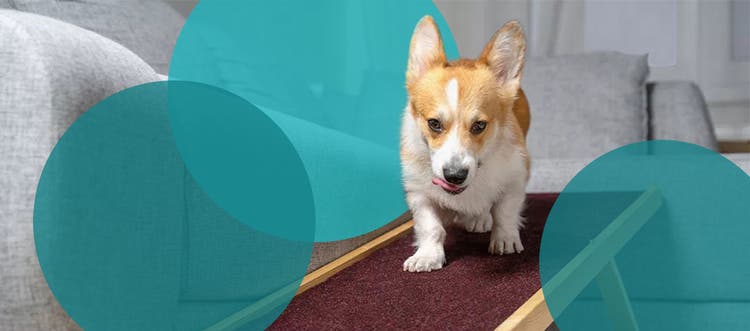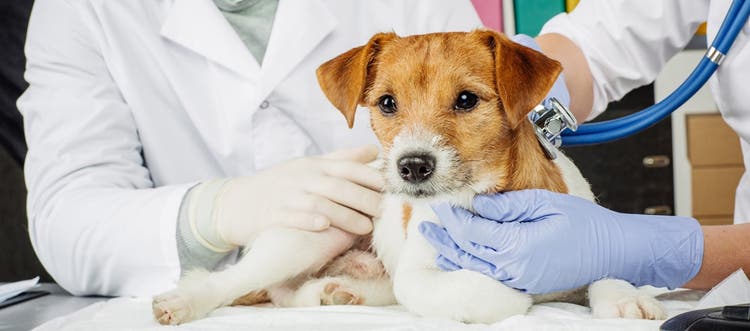How to treat your dog’s torn ACL.
We’ve all been there: One wrong step and your knee is tweaked or your ankle is twisted. When it comes to knees, it’s just as easy for dogs to injure themselves while running, jumping or simply playing in the backyard. If you think your dog may be injured or in pain, your first step should be to visit the veterinarian.
Is There a Difference Between the ACL and CCL in Dogs?
A cranial cruciate ligament (CCL) tear, also called an anterior cruciate ligament (ACL) tear, is an injury to one of the major ligaments in a dog’s knee. After an examination, X-ray and possibly other testing, your vet may diagnose your dog with a CCL tear, but they may also call it an ACL tear.
Even though the CCL is the same ligament as the ACL in dogs, some vets may use the term ACL because more people are familiar with it. In both the human and the dog knee, this ligament attaches from the back of the femur and crosses through to the front of the tibia.
What Causes a Torn ACL in Dogs?
While certain breeds may be more susceptible to tearing knee ligaments (including Labrador Retrievers, Newfoundlands, German Shepherds, Rottweilers and Golden Retrievers), other risk factors include:
- Obesity
- Gender (tears tend to occur more often among spayed females)
- Size of dog (tears are typically more common among larger dogs)
- Genetics
When a dog has these risk factors, they may tear a knee ligament. Unlike in humans, however, the torn ligament has probably been deteriorating for some time.
What Are the Symptoms of a Torn ACL in Dogs?
It depends on the severity of the tear, but your dog could develop a slight limp or may not be able to put any weight on their leg. Your dog may also have swelling on the inside of their knee.
How Can You Treat or Provide Relief for Your Dog’s Torn ACL?
If your dog hurts their knee, they’re going to put more weight on the remaining three legs, so rest is important. If you live in a two-story house, set up a ramp or restrict your dog to the downstairs area for a few weeks.
The best treatment for a torn ACL is surgery. Without surgically repairing the ligament, long-term instability and degenerative issues will likely occur.
After surgery, your vet will prescribe a nonsteroidal anti-inflammatory drug (NSAID) and a rehabilitation program to help your dog get back on their feet. NSAIDs are an important component of recovering from surgeries because they help relieve pain and inflammation. They’re available in a variety of forms, such as tablets or soft chews.
What Does Post-operative Care for a Torn ACL in a Dog Look Like?
Your veterinarian will provide you with a detailed instruction sheet for post-operative care, as well as rehabilitation. The rehab component of recovering from an ACL tear is just as important as the surgery, so you will want to establish clear goals and expectations with your veterinarian from the start.
Although it’s tough to see your dog in pain from an ACL injury, knowing how to recognize the signs, seek prompt treatment and care for your dog after surgery will help set them on the road to a successful recovery.

